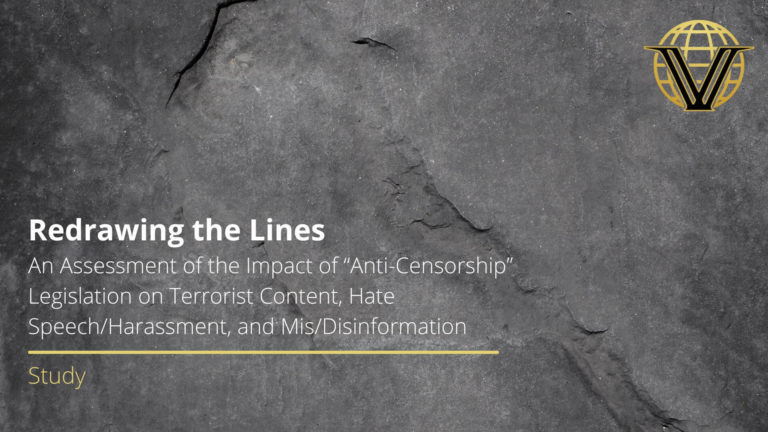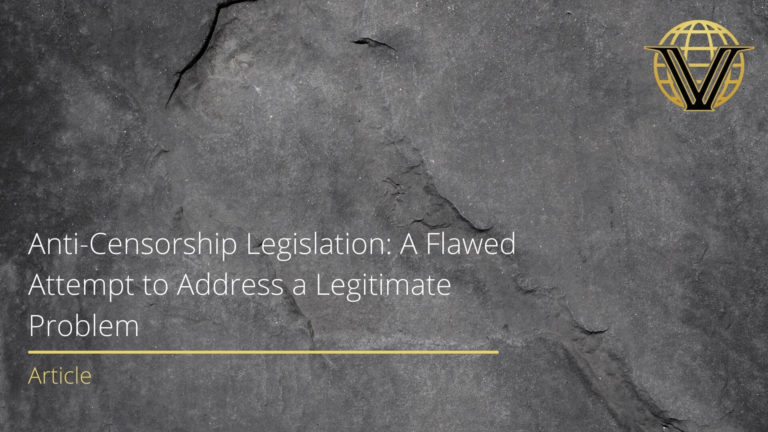Daveed Gartenstein-Ross, Madison Urban, Matt Chauvin
Payton Gendron’s gruesome May 14 shooting at a Tops supermarket, in which he claimed ten lives in an attack targeting the black community of Buffalo, New York, is the latest in a string of mass shootings motivated by white supremacy. To understand why we are seeing similar attacks with increasing frequency, it is vital to understand that they are in part a product of a violent extremist ecosystem in which attackers are exalted, canonized as saints, and portrayed as role models across various digital platforms. This sacralization of white supremacist attackers is a powerful motivator for other adherents, encouraging a twisted form of discipleship in which attackers seek to imitate these “saints” in ideology, in the use of violence, and even in attack style.
To motivate others, Gendron released a 180-page manifesto and a digital diary of months of his Discord chats. In the opening of his manifesto, he bemoans “white genocide” and outlines his belief in Great Replacement theory before launching into a series of questions and answers, and outlining his strategy to increase media coverage of attacks and incite future violence through the spread of his ideals. Gendron’s manifesto is evidence of the influence of a memefied online extremist ecosystem that glorifies violent ideologies and celebrates acts of violence, in part through the exchange of racist memes and propaganda. Gendron was radicalized in this swamp and wanted to put on a show for it, wearing a GoPro on his helmet and live streaming the attack on Twitch in order to “increase coverage and spread my beliefs.”
Saint Brenton’s Disciple
The use of a GoPro, providing the appearance of a first-person shooter videogame, is itself a nod to Gendron’s foremost inspiration, Brenton Tarrant, who livestreamed a March 2019 attack that slaughtered fifty-one worshipers at two mosques in Christchurch, New Zealand. The video of Tarrant’s attack and his manifesto have been widely shared across social media platforms. He is one of the most revered white supremacist extremist attackers, regularly referred to by other extremists as “Saint Brenton” or “Saint Tarrant,” and he is depicted in propaganda wearing religious garb and adorned with halos. Tarrant’s canonization in extremist digital communities, and the canonization of other famous attackers such as the Charleston church shooter Dylann Roof, has indeed served as an inspiration for other extremists. Some have expressed their desire to “become as famous as a ‘Saint’” through similar acts of terrorism. Others, like Gendron, emulated the specific tactics employed by “saints” who came before them.
It is not only Tarrant’s use of a GoPro and his live streaming of an attack that Gendron borrowed. Gendron also released a manifesto modeled after Tarrant’s. In many cases, he copied Tarrant’s language, and he also appropriated the question-and-answer format that Tarrant employed. And like Tarrant, Gendron did not intend his attack to be an isolated act of violence. Instead, Gendron explicitly saw it as part of a broader war that could only be advanced by others emulating him, hoping that his attack would “incite violence, retaliation and further divide between the European people and the invaders currently occupying European soil.” This stated motive was copied directly from Tarrant’s manifesto.
An inspiration to other white supremacist attackers today, Tarrant himself was a product of this extremist subculture. Demonstrating the matryoshka doll nature of how white supremacist attackers draw from and influence one another, Tarrant’s manifesto explicitly cites as his inspirations Dylann Roof and Anders Breivik, who killed seventy-seven during sequential attacks on a political office and summer youth camp in.
Thus, inspired by “saints” who preceded him, Tarrant can now claim his own line of disciples. Gendron is not the only mass attacker who views Tarrant as his model, as Tarrant has been claimed as the inspiration for John T. Earnest’s April 2019 attack on the Chabad of Poway synagogue and Patrick Crusius’s August 2019 attack at a Walmart in El Paso, Texas. In addition to his lauding of Tarrant, Gendron also names Roof, Breivik, Earnest, and Crusius as additional sources of inspiration.
The Newest Saint—and His Future Progeny
A full line of “saints,” beginning temporally with Breivik, was thus represented in Gendron’s manifesto. Gendron almost certainly feels confident that it is only a matter of time before Gendron himself is named as a future mass attacker’s inspiration.
Indeed, we can already see the phenomenon of sacralization occurring with Gendron. Within a day of the shooting, Gendron was canonized on various white supremacist Telegram channels. One widely shared statement proclaimed Gendron to be “a new Saint” while noting that “Saint Tarrant continues to make waves.” Gendron’s manifesto and attack video have already been used in propaganda videos as a call to arms for other white supremacist extremists, including in Telegram channels calling for attacks on the 14th of every month to commemorate the monthly anniversary of Gendron’s attack.
Manifestos. Attack videos. Racist narratives. The sharing of such artifacts can serve as a powerful motivating factor for future perpetrators. The canonization of mass shooters and amplification of their messages creates an environment where aspiring attackers are increasingly willing to perpetrate violence as a way to honor previous “saints,” attain sainthood themselves, and inspire future attacks.
Some social media companies have tried to minimize the proliferation of this content and prevalence of this ecosystem through various mechanisms, including content moderation and deplatforming individuals and channels glorifying mass shootings. These efforts should continue and should be further improved through innovation, though Gendron’s sacralization despite content moderation efforts is in part testament to the fact that it is difficult to truly suppress any ideas or “information” in the current digital media environment. However, this already tragic situation could grow worse if the violent white supremacist ecosystem expands. The sacralization of attackers described in this article should give us pause about legislation explicitly designed to prevent content moderation, such as the “anti-censorship” bills signed into law in Florida and Texas.
Law enforcement should be aware of and follow these subcultures that are spaces of influence and radicalization. This includes platforms like Discord that have been weaponized by white supremacist extremist groups as a radicalizing tool. Only through understanding and taking seriously the power of this ecosystem to produce individuals like Payton Gendron can we begin to disrupt these repeating cycles of mass attack.
Daveed Gartenstein-Ross is the chief executive officer of the private firm Valens Global and leads a project on domestic extremism for the Foundation for Defense of Democracies (FDD).
Madison Urban and Matt Chauvin are analysts at Valens Global and support the organization’s work on FDD’s project on domestic extremism.



